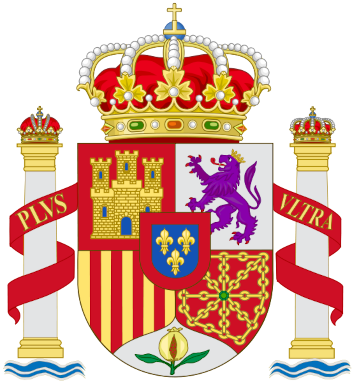The Spanish Conquistadores arrived in the Americas
The term conquistadores refers to Spanish and Portuguese colonialists of the early modern period. During the Age of Discovery, conquistadors sailed from the Iberian Peninsula to the Americas, Oceania, Africa, and Asia, establishing new colonies and trade routes. They brought much of the “New World” under the dominion of Spain and Portugal.
After Christopher Columbus arrived in the West Indies in 1492, the Spanish, usually led by hidalgos from the west and south of Spain, began building a colonial empire in the Caribbean using colonies such as Santo Domingo, Cuba, and Puerto Rico as their main bases. From 1519 to 1521, Hernán Cortés led the Spanish conquest of the Aztec Empire, ruled by Moctezuma II. From the territories of the Aztec Empire, conquistadors expanded Spanish rule to northern Central America and parts of what is now the southern and western United States. They also sailed the Pacific Ocean to the Spanish East Indies from Mexico. Other conquistadors took over the Inca Empire after crossing the Isthmus of Panama and sailing the Pacific to northern Peru. From 1532 to 1572, Francisco Pizarro succeeded in subduing this empire like Cortés. Subsequently, other conquistadores used Peru as a base for conquering much of Ecuador and Chile. Central Colombia, home of the Muisca, was conquered by licentiate Gonzalo Jiménez de Quesada, and its northern regions were explored by Rodrigo de Bastidas, Alonso de Ojeda, Juan de la Cosa, Pedro de Heredia, and others.
For southwestern Colombia, Bolivia, and Argentina, conquistadors from Peru combined parties with other conquistadors arriving more directly from the Caribbean and Río de la Plata-Paraguay, respectively. All these conquests founded the basis for modern Hispanic America and the Hispanosphere.






